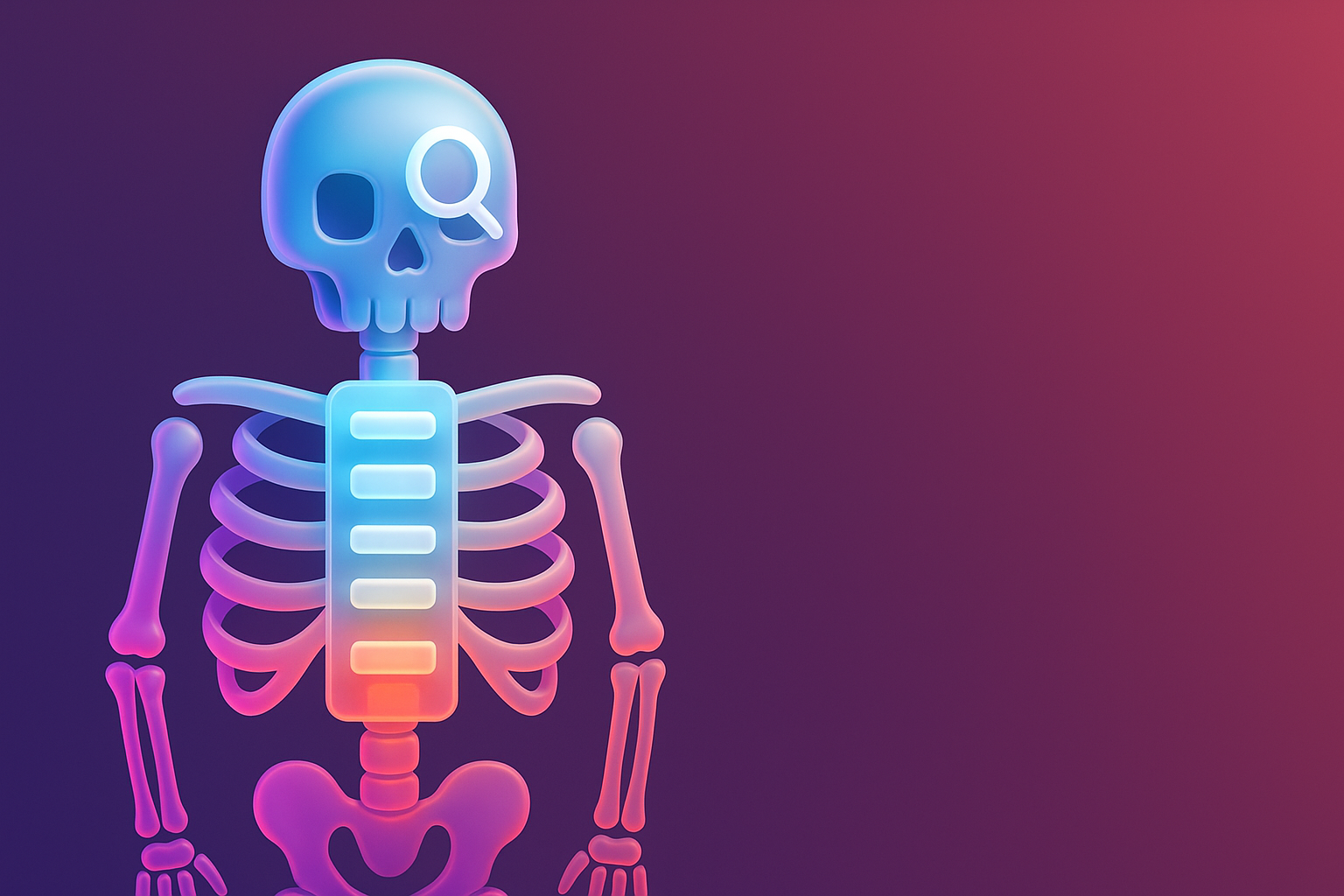MOSCOW METHOD: How to prioritize the website features to be effective.

Have you ever? ... When the project meeting made a new website. Everyone in the team has an idea and needs that are "important". Marketing wants to get a genius Chatbot, the sales department needs a complex price calculation system, while CEO wants the web to have an exceptional animation like a world -class website. Finally, it turns out that everything looks "important" until I don't know what to start before. Until the project was delayed, the budget escalated and the team began to run out of fire
If you are encountering a situation "I love you." Like this, don't worry. Because this problem is the classic issue in developing all kinds of products And today we have "The hero of the white horse" named Moscow Method to help you. This is Framework that will help organize the chaotic needs. To become a clear and real plan Causing your team to focus on Deliver work on time And in a controlled budget. If ready, let's see how this tool can turn chaos into efficiency.
The real problem in life: When "everything" becomes "urgent"
In the world of projects Especially the development of websites or software The most classic problem is "SCOPE CREEP" or what Thai people call "swollen features". More than the planning at first Imagine ...
Begin the project with the intention of creating a simple E-Commerce website, but after the meeting indefinitely Someone proposed that "We should have a loyalty program system as well." Another person added that "Why not put the AR feature for customers to try the product through the camera?" And of course there must be "Product recommendation system with AI". What is happening is From the project that should be completed in 3 months, it was stretched for 6 months or maybe until the year. The budget set is not enough. The team became tired because they had to deal with an endless needs. This is a problem that has destroyed countless projects. All of which are often caused by the lack of good planning and decision -making at the beginning. Also known as Discovery Phase that is very important to the success of the project.
Prompt for illustrations: The meeting room is full of chaos on the WHITEBOARD board. There is a post -it note. Everyone in the room has a serious and confused expression. To convey the "Feature Crete" that is not controlled
Why is that problem: lacking "core" in decisions?
Problems "Swollen features" are not caused by the bad intentions of anyone. But most of them are caused by the "structure" and "thinking" that are not clear enough. Which the main cause There are as follows:
- Lack of clear target (Lack of Clear Objectives): When the team does not have the same image that What is the "goal" of the project in this phase? (For example, to test the market, to increase sales, or to create awareness). Every idea will look like "possible" and "should do".
- All parties have their own "importance (Siloed Priorities): The marketing department is viewed from the perspective of Lead Generation, the sales department looked from the perspective of the Conversion, the customer service department looked from the perspective of reducing questions when there was no central Framework in the assessment. Everyone will push what they think is the most important.
- Afraid of "missing" (Fear of Mr. That wearing the most features from the beginning will make the product the best Despite the fact that it may create a complex and confused experience for users
- There is no "No Framework to Say 'No': no principles that everyone accepts together, making Project Manager or Product Owner unable to deny various requests. Can be reasonably And often ends with "accepting" everything to avoid conflicts
Prompt for illustrations: Infographic style paintings with 4 people (representatives in each department) are pulling the rope in different directions, with the word "Project Go" in the middle that is about to be missing. To convey the lack of common goals
If left, how will it affect: the disaster is called "Project crashes"
Letting the SCOPE CREEP problem continue without management. Not just making the project "slower" but it can lead to a more serious disaster:
- The budget escalated and a wasteful resource: this is the most clear effect. Every feature added is the time and money that must be paid. Most of which are usually more than a lot of settings
- Bloated Product: Instead of getting a website that meets the user and easy to use, we can return "monsters" that are full of unused features, making the user Experience (UX) worse and finally, customers escape.
- The team runs out of power and efficiency (Team Burnout): Working under pressure and scope of work that is not clear for a long time. Causing the team to become tired, discouraged and may lead to the resignation of important personnel
- Losing business opportunities (MISTED MAIKET OPPORTUNITY): While we are busy creating a "may" features "no one uses competitors, it may launch a simpler product, but the market responds to the point and usurping the customers first . Will help reduce these risks But must come with an effective priorities
Prompt for illustrations: A large ship that is loaded with heavy things and is about to sink into the sea. With the sign written as "Project Timeline & Budget" to convey the project that is about to crash because of the too many features
Is there any solution? And where to start: Get to know Moscow Method
use a simple but powerful Framework like Moscow Method It is a priorities that help the team and stakeholders. (Stakeholders) Everyone understands what is "necessary" in each project.
The name MOSCOW is not related to the capital of Russia. But it is the abbreviation of the 4 categories of priorities:
- M - Must -Hove (must have): is the feature or what "It is absolutely necessary" if there is no Projects or products that are delivered are not perfect or not useful at all. Simply put, "can't lack her", such as on the "E-Commerce" and "payment basket" website.
- S - Should -Have (should have): is a "important" feature and will make a lot of differences. But not necessary for the first launch The product can still work even without these features. But it may be somewhat inferior, such as the feature "See the order history" or "compare products"
- C - Could -Have (maybe): Is something that "has no good" is a feature or a little improvement that will help increase the satisfaction of users. But without it, it almost does not affect the main usage. These features are usually done when there is only time and resources, such as changing the color button.
- W - Won'T -HAVE (this time will not have): is the feature or the need for the team "Agree" that will "do not do" in this work (This Time). The specifying this category is very clear. Because it helps to manage everyone's expectations and protect the SCOPE CREEP. Does not mean not to do forever But may be considered in the future
This principle is widely used in leading organizations around the world, as Productplan explains that it is an important tool for Product Manager and Asana. It is recommended to create a clear Roadmap.
Prompt for illustrations: Infographic that is clear and beautiful, divided into 4 channels for M, S, C, W with icons and short descriptions. That is easy to understand for each category
Examples from the real thing that used to be achieved: Case studying the launch of the Saas Startup
In order to be clearer Take a look at an example of a Saas Startup company that wants to create a platform for project management. They have many ideas for features. But only 3 months limited to the first version (MVP - Minimum Vible Product)
Starting problem: Item features that I want to have Project creation, assignment, chat system in the team, creation, Gantt Chart, Time Tracking, Connection with Google Calendar, and Creating Dashboard Custom
Using Moscow Method: The team has organized workshop and dividing all features in 4 categories:
- Must-Hove: Registering and Log in, Creating Projects, Increasing and Assignment (Task), Due Date Determination because without these things The platform cannot work according to the main objectives.
- Should-Have: Notification System (Notification), attaching files in Task, Comment (Comment). These things are very important for real use. But if not on the first day Can still work
- Could-Have: Changing the Theme Color, Drag-Drop DRAG-DORP
- Won'T-HAVE (for this MVP): Gantt Chart, Time Tracking, Creating Report, Connection with Third-Party.
Results: The team can launch the MVP successfully within 3 months as planned. They got the product that focuses on the main function. Makes it possible to collect feedback from the first group of users quickly And bring that information to develop features in the Should-Have and Won'T-Hove group confidently and at the point. The appropriate structure of the SAAS business is important to Sustainable growth and increasing the number of applicants
Prompt for illustrations: Before/After. The left is Whiteboard that is full of messy features. The right side is a computer screen that shows the MVP version that looks clean and easy to use. With user graphs that begin to grow
If wanting to follow, what to do? (Can be used immediately): Checklist organized workshop moscow
You can start using MOSCOW METHOD with your project immediately. This is a simple step in organizing workshop to prioritize:
- Preparation (Preparation):
- Inviting all relevant stakeholders (Product Owner, Project Manager, Development Team Representative, Business Representative/Marketing)
- Set the "main goal" of this project or SPRINT clearly (such as the goal is to launch as soon as possible to store feedback).
- Collecting features, User Stories, or all needs (may come from backlog or brainstorming)
- Perform workshop (Execution):
- Explain the principles of Moscow (Must, Should, Could, Won'T) to everyone.
- Bring each feature to consider one item at a time.
- Open to the "debate" team and "exchange reasons", which category of features should be based on the "main goal" set.
- Use questions, such as "If we don't have this feature on the launch day What will happen? "" Is the product still working? "
- Try to make the team agree. But if a conflict occurs, Product Owner or the most powerful decision authority must be a decision.
- Summary and communication (Finalize & Communicate):
- When the group is complete To take pictures or record the results clearly
- Communicate this result to everyone in the team and the relevant executives. For everyone to see the same image that "What is going to be done" and "What is not done" in this round?
- Continue to plan the plan in the Roadmap or Sprint Planning.
The priorities of the feature are just part of the team management. There is still a matter of Structure and role of the team Especially in the E-Commerce business that must be considered together
Prompt for illustrations: Beautiful checklist images with icons for each step (prepare, workshop, summarize) for the readers to see clear processes and can be used easily.
Questions that people tend to wonder And the answers that are cleared
Question 1: What to do if all Stakeholder confirms that all of their features are 'Must-Hove'?
Answer: This is a classic situation! The solution is to go back to "The main goal" of the agreed project And may need to specify quota such as "in this phase, we can do not more than 5 must do." In order to force everyone to choose the most important thing, those who are Product Owner or Project Manager must act as the negotiator and decide the benefit of the project. Not the needs of any one
Question 2: The 'Won'T-Hove' category will cause people to propose ideas to lose or not?
Answer: No, if we communicate correctly Must always emphasize that 'Won'T-Have' does not mean "your ideas are not good" or "we will not do it forever." But it means "We will not do it in this round." And bring those good ideas to the backlog to consider in the future It is a better expectation of expectations than promising and can't do it.
Question 3: How often do we review Moscow?
Answer: Should review regularly. At the very least, every time you start a new work (New Sprint or New Phase) because of business situations, feedback from customers, or technical restrictions may change at all times. Features that used to be 'Should-Have' may become 'Must-Hove' in the next phase. Flexibility is the heart.
Prompt for illustrations: Labor lamp icon with question mark And someone is smiling and providing confidence answers To convey the solution
Summary to be easy to understand + want to try to do
MOSCOW METHOD is not a magic medicine that can solve all problems, but it is a powerful Framework. "Chaos" to become a "clarity". Its heart is to create quality conversations and force everyone on the team to answer the most important question that "What is really necessary? For us to achieve the target now? "
Stop trying to do everything at the same time Then turn to focus on delivering the main value to the user as soon as possible Is a strategy that is sharper than in the long run It helps reduce the risk, saving budget, maintaining the morale of the team. And the most important thing is to make you really create products that customers want. Not the product you "think" He wants
It's time to stop the aim of aiming and the circuit of the "swollen feature". Try to use the checklist. The workshop moscow that we provided for your next project. And you will discover how powerful the priorities are.
If you are looking for a professional team that will help you from the Discovery Planning process, prioritizing and developing websites that truly meet business needs. The Vision X Brain team is ready to consult and work with you to create a great result.
Prompt for illustrations: The picture of the team is smiling happily and confidently, pointing to the ROADMAP of the project that is arranged in accordance with MOSCOW. To convey the success and clarity of work
Recent Blog

In -depth behind the case, the website design the website to the SAAS STARPUP using Cro and UX principles to increase conversion rate and the number of registered registration.

Distribute the cost of each type of website, from SME, Corporate, E-Commerce to the Custom website with factors that affect the price.

Explain the principles of Information Architecture (IA) or data architecture. How to help organize the content and menu on the web for users to find information easily






